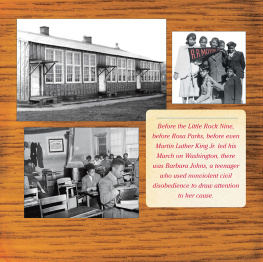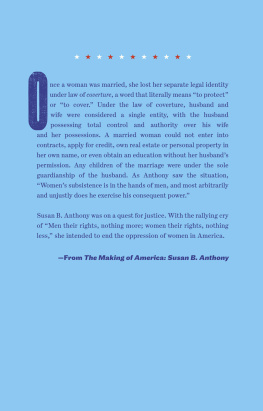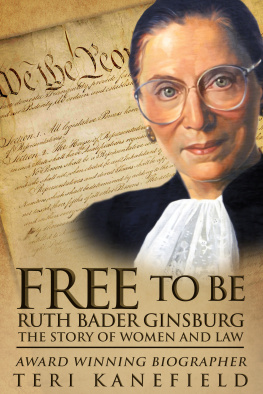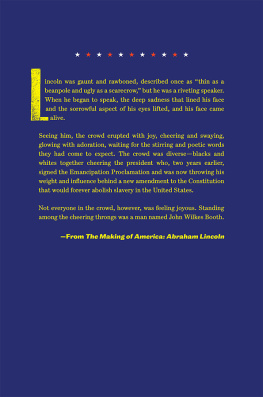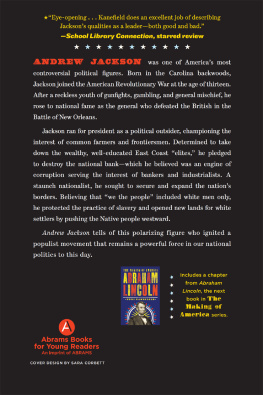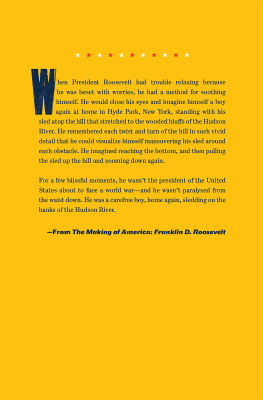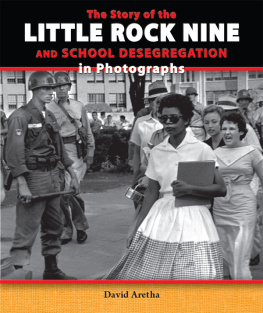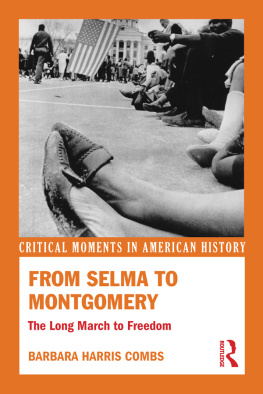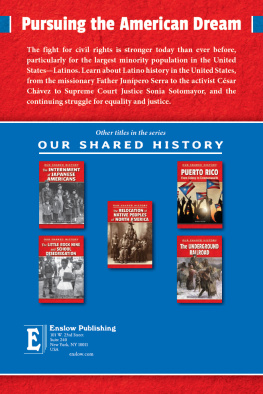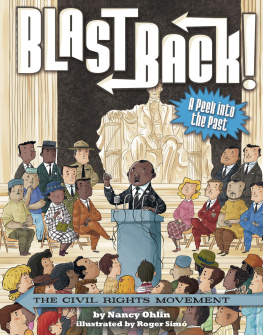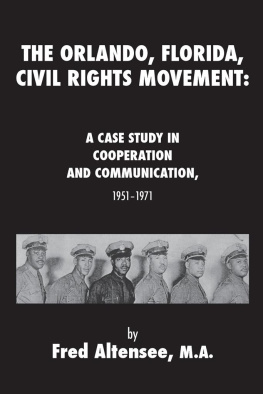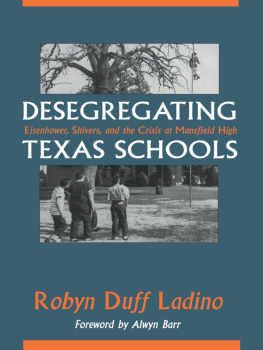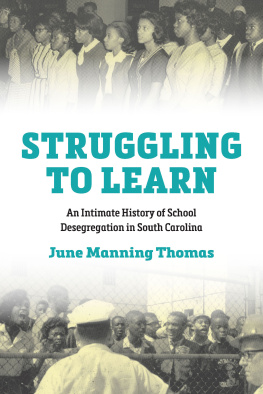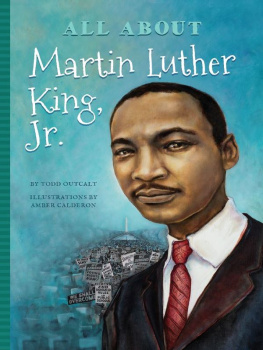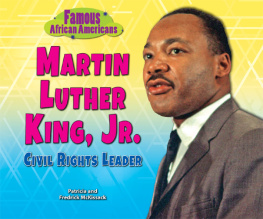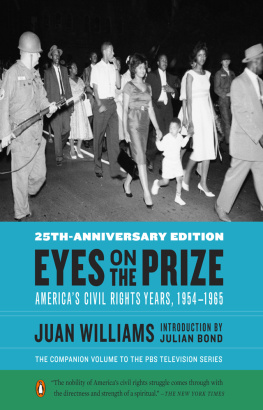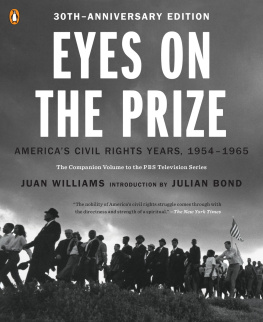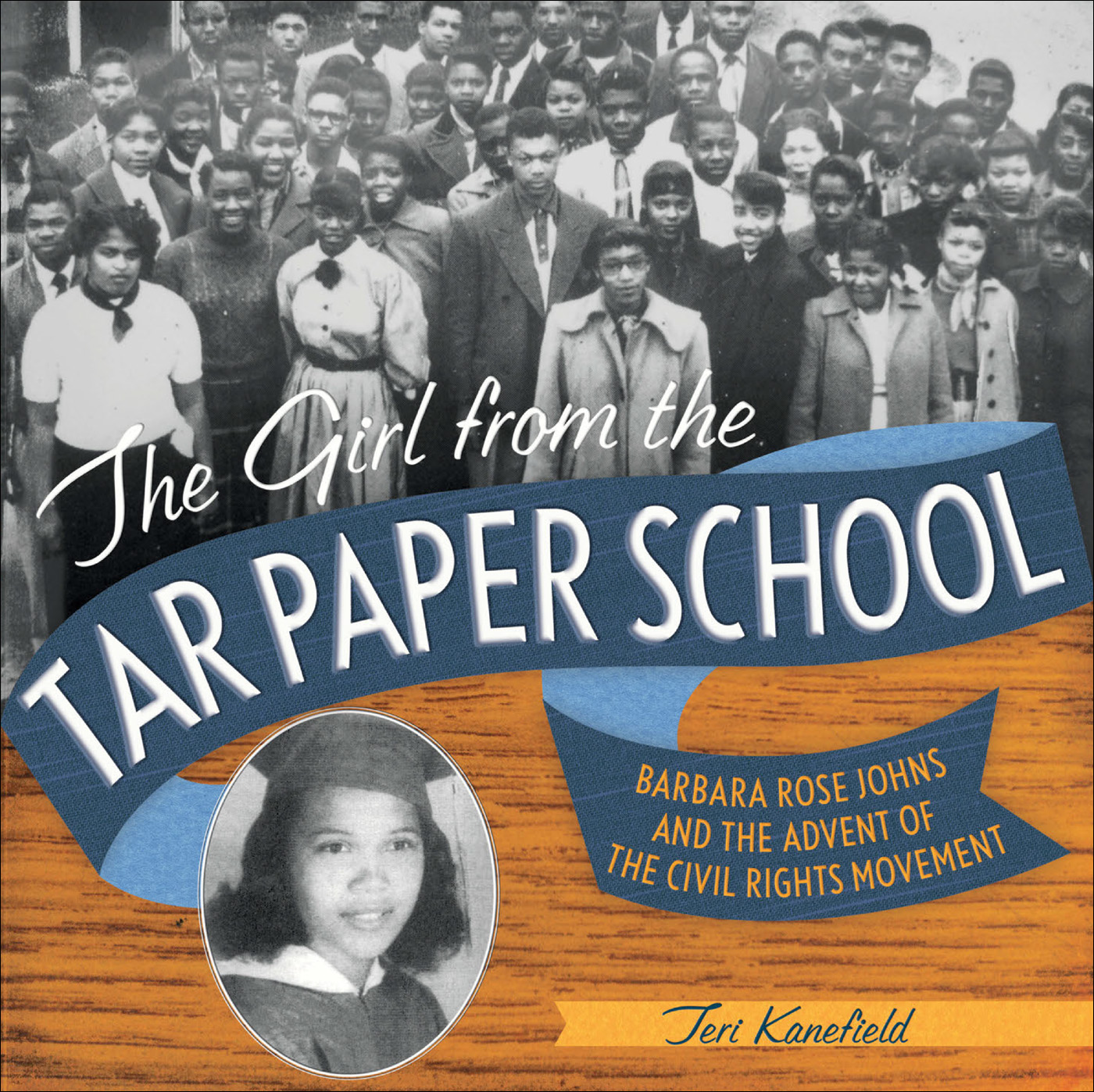Teri Kanefield - The Girl from the Tar Paper School: Barbara Rose Johns and the Advent of the Civil Rights Movement
Here you can read online Teri Kanefield - The Girl from the Tar Paper School: Barbara Rose Johns and the Advent of the Civil Rights Movement full text of the book (entire story) in english for free. Download pdf and epub, get meaning, cover and reviews about this ebook. year: 2014, publisher: ABRAMS, genre: Art. Description of the work, (preface) as well as reviews are available. Best literature library LitArk.com created for fans of good reading and offers a wide selection of genres:
Romance novel
Science fiction
Adventure
Detective
Science
History
Home and family
Prose
Art
Politics
Computer
Non-fiction
Religion
Business
Children
Humor
Choose a favorite category and find really read worthwhile books. Enjoy immersion in the world of imagination, feel the emotions of the characters or learn something new for yourself, make an fascinating discovery.
- Book:The Girl from the Tar Paper School: Barbara Rose Johns and the Advent of the Civil Rights Movement
- Author:
- Publisher:ABRAMS
- Genre:
- Year:2014
- Rating:5 / 5
- Favourites:Add to favourites
- Your mark:
The Girl from the Tar Paper School: Barbara Rose Johns and the Advent of the Civil Rights Movement: summary, description and annotation
We offer to read an annotation, description, summary or preface (depends on what the author of the book "The Girl from the Tar Paper School: Barbara Rose Johns and the Advent of the Civil Rights Movement" wrote himself). If you haven't found the necessary information about the book — write in the comments, we will try to find it.
Before the Little Rock Nine, before Rosa Parks, before Martin Luther King Jr. and his March on Washington, there was Barbara Rose Johns, a teenager who used nonviolent civil disobedience to draw attention to her cause. In 1951, witnessing the unfair conditions in her racially segregated high school, Barbara Johns led a walkoutthe first public protest of its kind demanding racial equality in the U.S.jumpstarting the American civil rights movement. Ridiculed by the white superintendent and school board, local newspapers, and others, and even after a cross was burned on the school grounds, Barbara and her classmates held firm and did not give up. Her schools case went all the way to the Supreme Court and helped end segregation as part of Brown v. Board of Education.
Barbara Johns grew up to become a librarian in the Philadelphia school system. The Girl from the Tar Paper School mixes biography with social history and is illustrated with family photos, images of the school and town, and archival documents from classmates and local and national news media. The book includes a civil rights timeline, bibliography, and index.
Praise for The Girl from the Tar Paper School
An important glimpse into the early civil rights movement.
Kirkus Reviews
Based largely on interviews, memoirs, and other primary source material, and liberally illustrated with photographs, this well-researched slice of civil rights history will reward readers who relish true stories of unsung heroes.
The Bulletin of The Center for Childrens Books
Teri Kanefield: author's other books
Who wrote The Girl from the Tar Paper School: Barbara Rose Johns and the Advent of the Civil Rights Movement? Find out the surname, the name of the author of the book and a list of all author's works by series.

